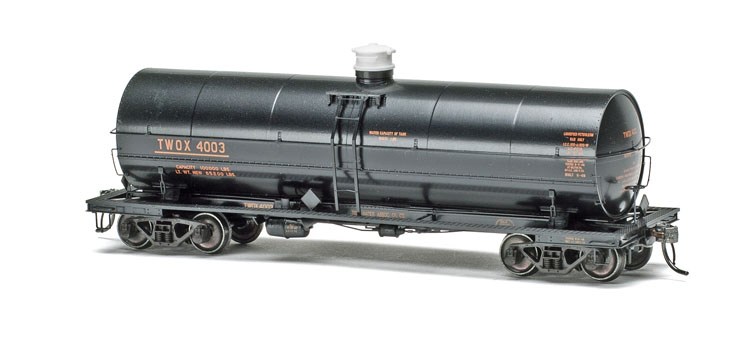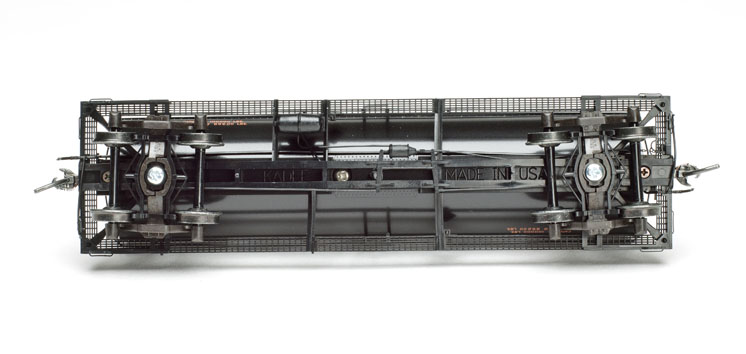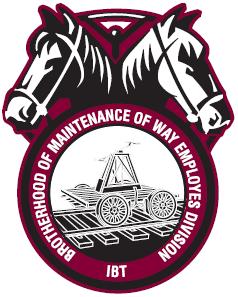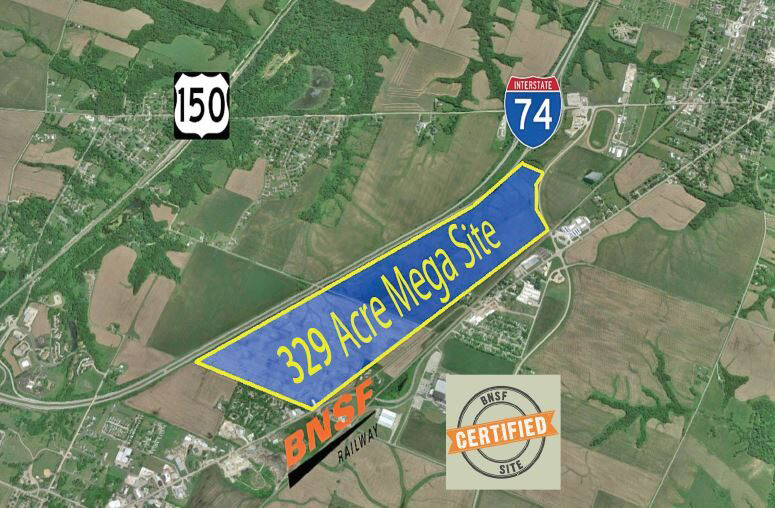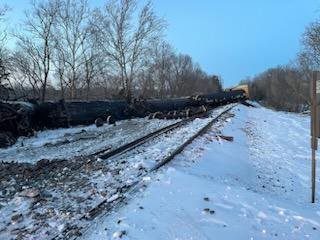Kadee’s first all-new body style since 2008 is an HO scale 11,000-gallon insulated tank car, built by American Car & Foundry (ACF) to carry hazardous materials like propane, ammonia, chlorine, and gasoline. The first release is lettered for an oil company based in the western United States, and this common design was built for and used by dozens of railroads and private shippers in the steam-to-diesel transition era.
The prototype. Car no. 4003 was one of a batch of five Interstate Commerce Commission (ICC) class 105A300-W cars numbered 4001-4005, built in August 1948 for Tidewater Associated Oil Co. (TWOX). The car had a welded and heavily lagged tank that was tested to a pressure of 300 pounds.
The Tidewater Associated Oil Co. name disappeared in 1966 when oil tycoon J. Paul Getty consolidated it and other holdings under the Getty Oil name. The five cars continued to carry the TWOX reporting mark until they were relettered GETX in the early 1970s. They kept this mark after Getty was purchased by Texaco in 1984. The 1985 Official Railway Equipment Register lists four of the cars still in service under Texaco, but by 1990, all had been retired.
Specifications. The 1953 edition of the Car Builder’s Cyclopedia of American Practice (Simmons-Boardman) uses a diagram of the ACF type ICC 105A propane tank to illustrate the parts of a typical tank car. The model’s details match that diagram, except for the presence of a top platform with railings on the drawing. The model’s major dimensions matched a diagram for an ICC 105A car in Edward Kaminski’s book Tank Cars: American Car & Foundry Company, 1865 to 1955 (Signature Press, 2003). The diagram shows a step platform, matching Kadee’s model.
The car rides on Kadee’s 50-ton Bettendorf trucks with 33″ smooth-back wheels, which were in gauge. The car weighs 3.4 ounces, which is right on target for National Model Railroad Association RP-20.1. It’s equipped with Kadee’s no. 158 scale knuckle couplers, mounted at the correct height.
Fine details. The many separate parts on the model are finely molded and close to scale dimensions. Though they’re made of a flexible and durable engineering plastic, they weren’t all attached solidly. The ladders were friction-fit to the body and running boards, and could pop off if you brushed against them. About the only place where it’s safe to pick up this car is by the trucks or the top half of both ends.
The plastic tank and frame are smoothly painted in a satin-finish black. The orange printing is straight, even, and for the most part crisp (the reporting mark on the center sill appeared to be double-struck on the right side). The tiniest printing in the builder’s mark on the sill was legible under magnification.
Kadee’s new 11,000-gallon tank car is an excellent model, accurately reproducing a prototype seen on the rails all over the country. Since the first car is lettered for a private shipper rather than a railroad, it could find a home on almost any transition-era HO scale layout.
Price: $44.95
Manufacturer
Kadee Quality Products Co.
673 Avenue C
White City, OR 97503
www.kadee.com
Road names: Tidewater Associated Oil Co.
Era: 1948 to 1970 (as lettered)
Features
▪▪Bettendorf 50-ton trucks with blackened metal wheelsets, in gauge
▪▪Kadee no. 158 scale knuckle couplers, at correct height
▪▪Flexible engineering plastic ladders, grab irons, stirrup steps, and brake equipment
▪▪Hazardous material (hazmat) placards with propane and anhydrous ammonia signs
▪▪See-through walkways





